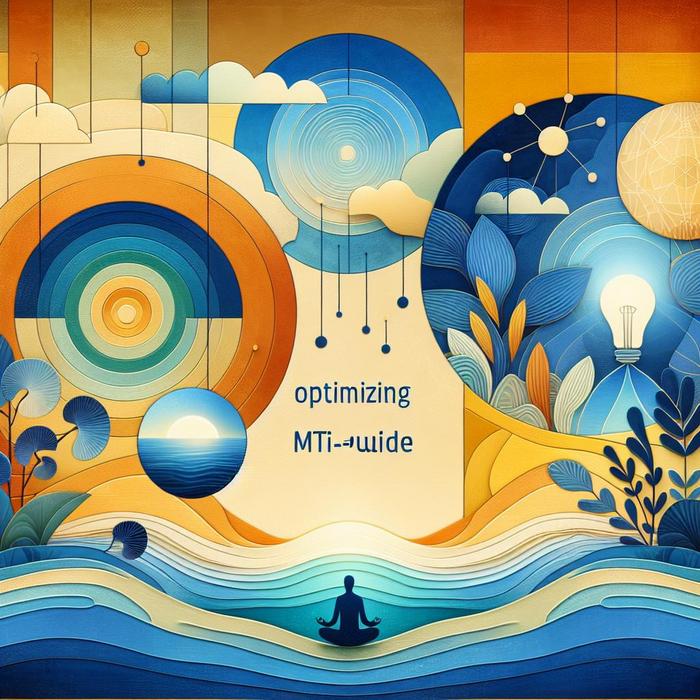Exploring the Potential of LTV Maximization
Executives in large organizations have identified the need for more sophisticated and efficient strategies. With such a fast-paced environment, the key lies in harnessing real-time analytics to ensure that every marketing dollar is spent wisely.
LTV or lifetime customer value, is an innovative approach aimed at optimizing financial resources for digital marketing activities. By pushing real-time LTV back to acquisition platforms, organizations can find a strategic edge, allowing algorithms to set impression bids more effectively.
Powerful Tools for Strategic Bidding: Google Vs. Meta
Two major players in the digital advertising sphere, Google and Meta, offer distinct capabilities in terms of their algorithms and bidding technologies. A detailed comparison between these platforms can provide insights into their unique strengths.
Google: Google’s Smart Bidding uses machine learning to optimize conversions or conversion value in each auction. This feature is designed to maximize the impact of advertisers’ campaigns by maintaining a balance between efficiency and bidding.
Meta: Meta offers its users the ability to implement automated bidding, a system that automatically manages bids for advertisers to get the most out of their budget. With automated bidding, advertisers can focus on building unique and compelling ad content, leaving the technical aspect of bidding to the platform’s algorithms.
Comparing PPC Strategies: Google Vs. TikTok
Pay-per-click (PPC) campaigns can be a significant part of a company’s digital marketing strategy. These strategies involve paying for every user click on an ad. Here’s how these platforms stack up:
Google: Google’s LTV approach allows advertisers to optimize their campaigns based on the projected lifetime profits they will earn from a customer. This provides an avenue for companies to focus their resources on targeting highly profitable consumers with their ads.
TikTok: At the other end of the spectrum, TikTok’s ad formats engage users in an immersive, full-screen experience. By providing a variety of ad formats, TikTok provides a platform for creative, highly engaging advertisements suited for a younger demographic.
Unlocking Real-time Insights for Strategic Decision Making
With these varied tools and techniques at their disposal, executives can now make data-backed decisions that align with their strategic goals. By mastering the use of real-time analytics, they can identify which customers are providing the most value and, in turn, better direct ad spending.
Tech has revolutionized the way companies approach digital marketing. Platforms like Google, Meta, and TikTok have created opportunities for businesses to refine their marketing strategies, delivering much-needed efficiency and precision.
Next Steps
With the right strategies, LTV maximization can lead to significant improvements in business performance. The next step in this evolution is an exploration of more advanced PPC strategies, further utilizing the capabilities of these platforms and their innovative solutions.
Therefore, it is critical for decision-makers to stay informed about the latest advancements. With a deep understanding of their intricacies and their role in driving business growth, executives can lead their companies to the forefront of their industries.
Further Insights: Meta Vs. Google for Refining Ad Campaigns
The continual battle between Meta and Google for audience attention has unearthed respective strengths, providing digital marketers significant strategies for refining their ad campaigns.
Meta: Meta’s use of segmentation tools helps advertisers drill down into specific demographic groups and user behaviors. Focusing their ads on these distinctly understood groups can lead to highly targeted and effective messaging.
Google: On the other hand, Google’s ability to process vast amounts of data helps advertisers utilize machine learning technology. This feature results in predictive analytics, allowing businesses to anticipate a customer’s actions and proactively cater to their needs.
Meta Vs. TikTok: Delivering Impactful, Bespoke Ad Experiences
With customers request personalized marketing experiences, Meta and TikTok have proven different levels of customizability in their ad formats:
Meta: Meta takes advantage of a deep understanding of user preferences, creating personalized ad landscapes. Consequentially, Meta’s advertisers are likely to reach their target demographics more effectively than on other platforms.
TikTok: TikTok’s unique ad formats are designed to harness the power of creativity and innovation. With tools such as in-feed videos and branded hashtags, TikTok gives businesses the ability to interact with their audiences in a new, more engaging way.
Anticipating Future Trends
With rapid advancements in AI and machine learning, marketers should stay ahead of the curve. Understanding trends and predictive analytics allows businesses to tailor their strategies to their targeted consumers’ evolving preferences and behaviors.
Google Vs. Meta: Technological Innovations in Ad Bidding
Both Google and Meta present unique bid strategies:
Google: Google’s use of AI in bid strategies allows ad placements to be more efficient, targeting consumers who are more likely to convert, increasing ROI.
Meta: Conversely, Meta takes another approach with micro conversions — tracking small actions taken on a site. This approach boosts actionable data, increasing understanding of user interaction and habits. Over time, these insights drive business growth.
Further Explorations
Continual advancements in customer analytics promise even more targeted ad campaigns in the future. By further exploring these developments and understanding the roles of varying platforms, companies can optimize their advertising strategies.
Whether it’s Google’s innovative SMART bidding or TikTok’s engaging full-screen ads, strategic choices are abundant for those aiming to refine their marketing strategies. As these platforms continue to enhance their offerings, understanding their unique strengths and applying them effectively can leverage more impactful campaigns and significant business growth.
Technology has presented sophisticated approaches to marketing, creating pathways to evolve beyond traditional methods. Executives equipped with this knowledge can make the most of these advancements, driving their company’s growth while staying at the forefront of the competitive digital marketing landscape. The key lies in understanding the capabilities of these significant platforms and strategically applying them to reach and engage the right audience.
With executives further discover these methods, they can navigate the trajectory of their digital marketing campaigns, anticipating the needs of their valued consumers, and providing services and products most relevant to them. This approach transcends efficiency: it creates a meaningful impact that can significantly boost a company’s overall performance.
With technological innovations expected to further transform, the true potential for digital marketing is just beginning to be unveiled. Harnessing these advancements can empower executives to redefine the way they engage with customers — catalyzing a golden era of digital marketing.


